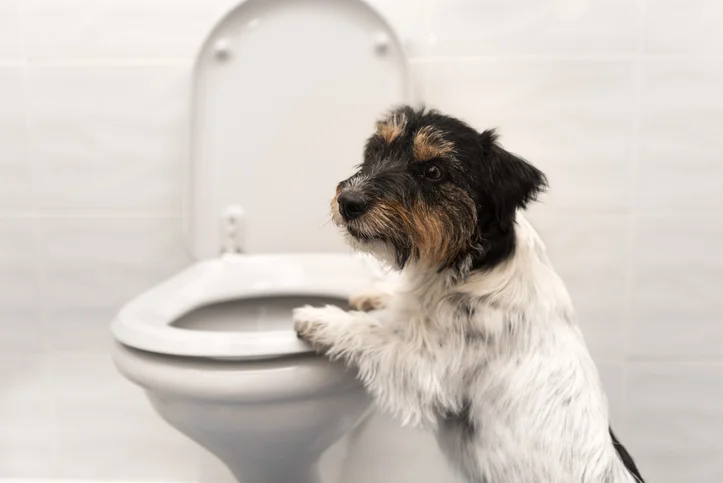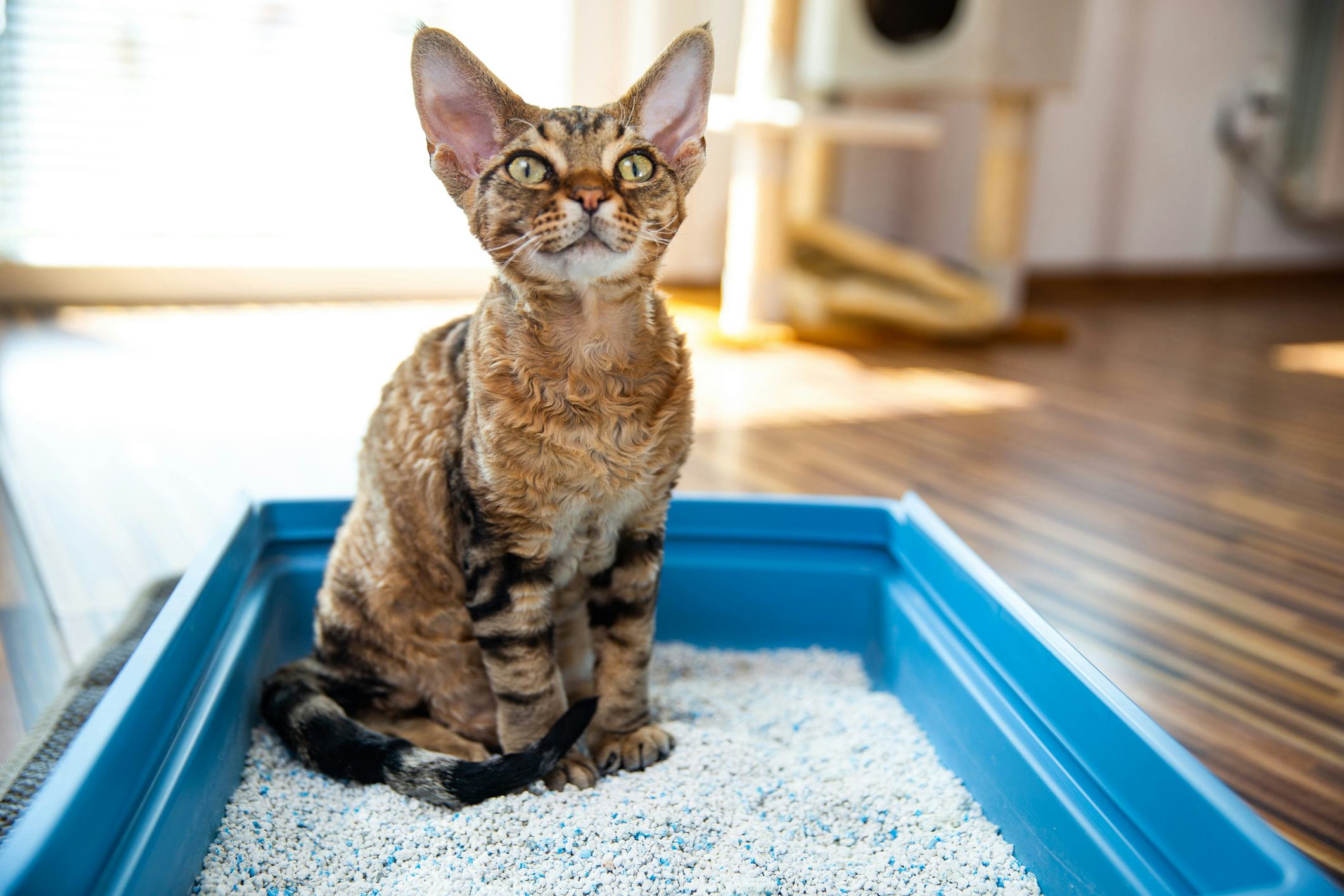My Dangers of Animal Waste in the Toilet
Call TodayJust how do you actually feel with regards to Why you should never flush dog poop down the toilet?

When it comes to disposing of waste, especially animal waste, many individuals typically consider the hassle-free choice of flushing it down the toilet. However, this relatively simple remedy can have significant repercussions for the setting and public health. In this write-up, we'll explore why flushing pet waste down the toilet is a bad idea and provide different methods for appropriate disposal.
Introduction
Proper garbage disposal is vital for maintaining environmental sustainability and public health. While it might seem safe to purge animal waste down the commode, it can cause different issues, both for the setting and human health.
Dangers of flushing pet waste
Ecological effect
Flushing animal waste presents harmful germs and virus right into rivers, which can negatively affect aquatic environments. These microorganisms can pollute water resources and harm aquatic life, disrupting fragile ecosystems.
Public health concerns
Pet waste consists of hazardous bacteria such as E. coli and Salmonella, which can present serious health dangers to humans. Purging pet waste down the commode can pollute water products, causing the spread of diseases and infections.
Alternatives to flushing
Instead of flushing animal waste down the toilet, there are numerous alternative disposal methods that are a lot more environmentally friendly and sanitary.
Composting
Composting animal waste is an environmentally friendly means to throw away it. By composting, raw material is broken down into nutrient-rich soil, which can be made use of to fertilize gardens and plants.
Landfill disposal
Taking care of pet waste in a land fill is an additional choice. While not as eco-friendly as composting, it is a safer alternative to flushing, as it stops the contamination of water sources.
Pet dog waste disposal systems
There are specific family pet garbage disposal systems readily available that safely and hygienically take care of animal waste. These systems frequently make use of enzymes to break down waste and get rid of smells.
Actions to correct animal waste disposal
To ensure proper disposal of pet waste, adhere to these actions:
Scooping and bagging waste
On a regular basis scoop and bag pet waste using biodegradable bags. This prevents waste from polluting the setting.
Using assigned waste containers
Dispose of bagged animal waste in read more marked waste bins, such as compost containers or landfill containers. Stay clear of flushing it down the commode in any way expenses.
Cleaning can and pet locations consistently
Routinely tidy can and animal locations to prevent the build-up of waste and germs. Usage pet-safe cleansing products to keep hygiene.
Advantages of proper disposal approaches
Embracing appropriate disposal approaches for pet waste offers numerous benefits:
Decreased environmental pollution
Appropriate disposal methods decrease the threat of environmental pollution, protecting waterways and ecosystems from contamination
Minimized threat of water contamination.
By staying clear of flushing pet waste down the bathroom, the risk of water contamination is substantially decreased, safeguarding public health.
Boosted cleanliness and hygiene
Proper disposal approaches advertise better hygiene and health, producing a much safer setting for both human beings and pets.
Verdict
To conclude, purging pet waste down the bathroom is hazardous to the atmosphere and public health. By adopting alternate disposal approaches and adhering to correct waste administration methods, we can reduce the unfavorable influence of animal waste and add to a cleaner, healthier world.
What To Do With Dog Poo – The Do's And Don'ts Of Disposing Of Faeces
Dog poo bins
Some councils provide dedicated dog waste bins in popular dog-walking areas that can take dog poo that has been bagged but you can legally dispose of dog waste in any public litter bin, as long as it is securely bagged. This also applies to your wheelie bin at home.
Do not flush
Water companies do not recommend flushing dog faeces down the toilet because certain parasites can survive the water processing treatment and are potentially harmful to humans. You should also never consider flushing dog poo that has been bagged down the toilet as the bags will not break down and instead create severe blockages in the sewage system.
In the woods
The Forestry Commission promotes a ‘stick and flick’ method for dealing with waste in the woods. This means finding a stick and using it to flick any poo from off the path so that it is out of the way of other walkers. You could also bury it as long as it is not in an area where there might be livestock.
Livestock
Parasites found in dog poo can be transmitted to livestock if they inadvertently eat infected faeces that has been left on grazing land. This could result in the death of sheep or abortion in cattle so you should always make sure you pick up your dog’s waste in fields where livestock could be present.

Routinely tidy can and animal locations to prevent the build-up of waste and germs. Usage pet-safe cleansing products to keep hygiene.
Advantages of proper disposal approaches
Embracing appropriate disposal approaches for pet waste offers numerous benefits:
Decreased environmental pollution
Appropriate disposal methods decrease the threat of environmental pollution, protecting waterways and ecosystems from contamination
Minimized threat of water contamination.
By staying clear of flushing pet waste down the bathroom, the risk of water contamination is substantially decreased, safeguarding public health.
Boosted cleanliness and hygiene
Proper disposal approaches advertise better hygiene and health, producing a much safer setting for both human beings and pets.
Verdict
To conclude, purging pet waste down the bathroom is hazardous to the atmosphere and public health. By adopting alternate disposal approaches and adhering to correct waste administration methods, we can reduce the unfavorable influence of animal waste and add to a cleaner, healthier world.
What To Do With Dog Poo – The Do's And Don'ts Of Disposing Of Faeces
Dog poo bins
Some councils provide dedicated dog waste bins in popular dog-walking areas that can take dog poo that has been bagged but you can legally dispose of dog waste in any public litter bin, as long as it is securely bagged. This also applies to your wheelie bin at home.
Do not flush
Water companies do not recommend flushing dog faeces down the toilet because certain parasites can survive the water processing treatment and are potentially harmful to humans. You should also never consider flushing dog poo that has been bagged down the toilet as the bags will not break down and instead create severe blockages in the sewage system.
In the woods
The Forestry Commission promotes a ‘stick and flick’ method for dealing with waste in the woods. This means finding a stick and using it to flick any poo from off the path so that it is out of the way of other walkers. You could also bury it as long as it is not in an area where there might be livestock.
Livestock
Parasites found in dog poo can be transmitted to livestock if they inadvertently eat infected faeces that has been left on grazing land. This could result in the death of sheep or abortion in cattle so you should always make sure you pick up your dog’s waste in fields where livestock could be present.

Do you like reading up on 10 Things You Should Never Flush Down The Toilet? Place a comment down below. We'd be happy to hear your suggestions about this write up. We hope to see you back again later on. Enjoyed reading our piece? Please quickly share it. Help another person find it. We treasure reading our article about Can You Flush Dog and Cat Poo Down the Toilet?.
Schedule Service Pickup